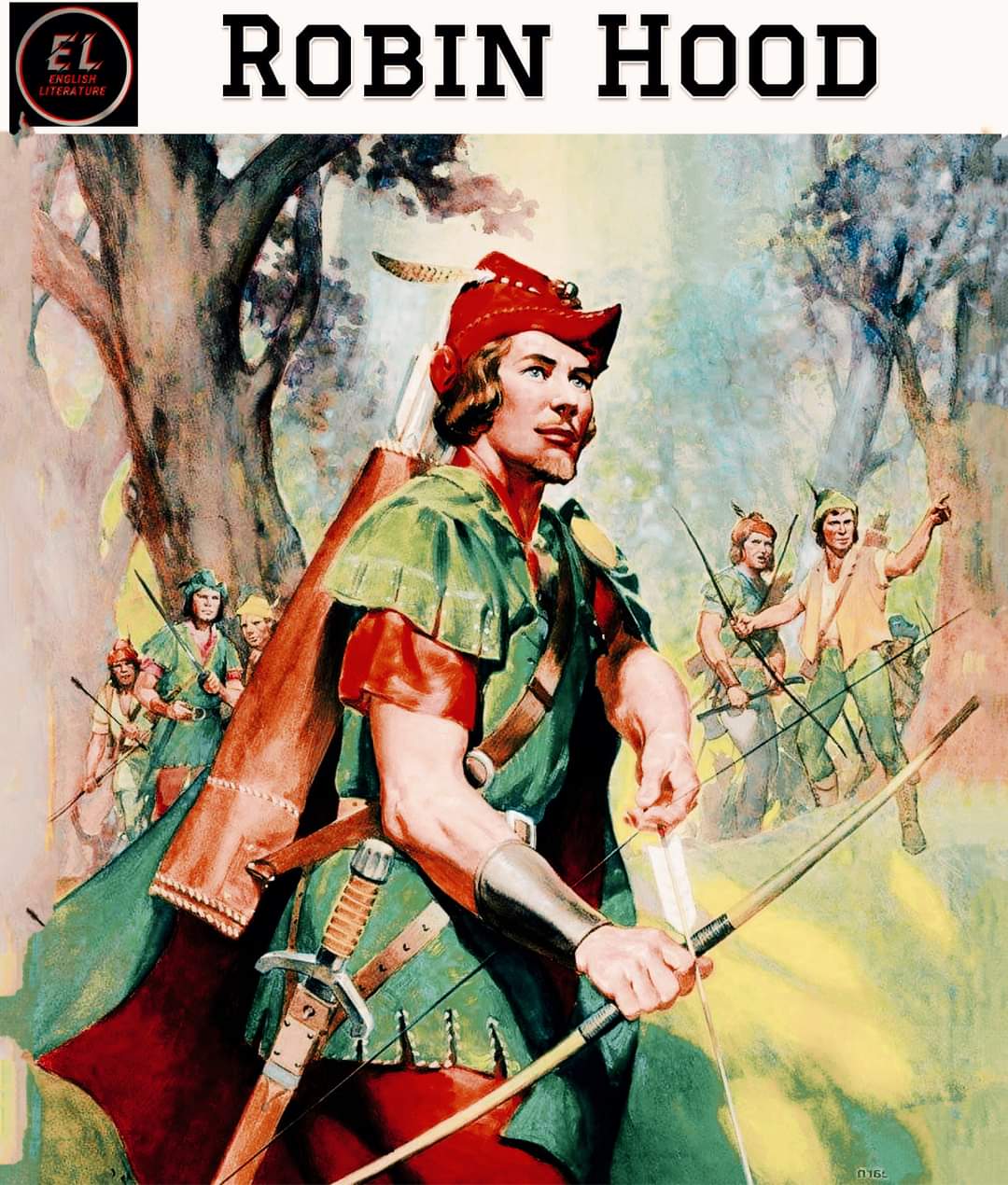“The Merchant of Venice” is a play written by William Shakespeare. It is classified as a romantic comedy, although it has elements of drama as well. The play explores topics such as love, friendship, greed, and prejudice.
The story is centered around the character of Antonio, a merchant in Venice, and his friend Bassanio, who is in love with a wealthy heiress named Portia. To woo Portia, Bassanio needs money, so Antonio agrees to borrow from the Jewish moneylender Shylock. However, as an act of revenge for Antonio’s past mistreatment, Shylock insists on a pound of Antonio’s flesh as collateral if the debt is not repaid.
Meanwhile, Portia is faced with her own dilemma. Her recently deceased father devised a test for her suitors: they must choose the correct casket from three, one containing her picture. Many unsuccessful suitors have tried and failed, but Bassanio, with the help of Portia’s clever servant Nerissa, succeeds in choosing the right casket.
In a parallel plot, Portia’s friend, Jessica, elopes with Lorenzo, a Christian friend of Antonio. This enrages Jessica’s father, Shylock, as she converts to Christianity and takes her father’s money with her.
The courtroom scene is the climax of the play, where Portia disguises herself as a lawyer to save Antonio from Shylock. Portia skillfully argues that Shylock cannot claim his pound of flesh without shedding any blood, which would violate the terms of their agreement. Ultimately, Shylock is defeated, and his fortunes are reversed.
“The Merchant of Venice” explores the themes of justice, mercy, and the complex nature of human relationships. It also delves into the issue of anti-Semitism, as Shylock’s character is often seen as a victim of prejudice and discrimination.
This play is considered one of Shakespeare’s most controversial works due to its treatment of Shylock, often criticized for its portrayal of a stereotypical Jewish moneylender. Nevertheless, “The Merchant of Venice” continues to be studied and performed, sparking critical discussions on its themes and Shakespeare’s portrayal of characters.








